Earthquake swarm in Askja caldera, ground deformation continues, Iceland
A seismic swarm occurred in the northwestern part of the Askja caldera in Iceland on March 25, 2024.
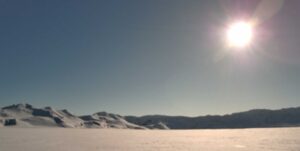
A seismic swarm occurred in the northwestern part of the Askja caldera in Iceland on March 25, 2024.
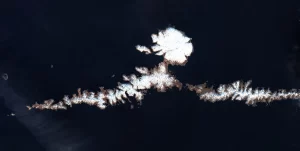
A small, short-lived explosion was detected at the Atka volcanic complex in Alaska at 03:36 UTC on March 28, 2024 (19:36 AKDT on March 27).
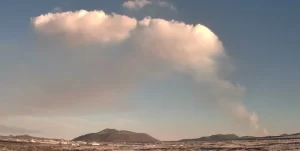
The eruption that began in Reykjanes Peninsula on March 16, 2024, continues at stable levels. However, the Icelandic Met Office (IMO) has been detecting very unhealthy levels of sulfur dioxide pollution over the past couple of days. Residents are urged to follow instructions provided by the Environment Agency of Iceland and the Office of the National Medical Examiner.
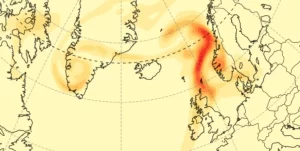
The volcanic eruption that started in Reykjanes Peninsula, Iceland on March 16, 2024, continues at a fairly constant rate, marking the most substantial activity in the region with four registered eruptions since December 2023. This event has caught the attention of the Copernicus Atmosphere Monitoring Service (CAMS) due to the large volumes of sulfur dioxide (SO2) released into the atmosphere.
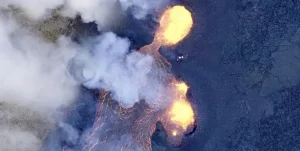
A fissure eruption that started on Reykjanes Peninsula, Iceland on March 16, 2024, continues at a fairly constant rate, with an average lava flow from the craters of about 14.5 m3 per second (512 feet3/s) from March 17 to 20. About 700 people at the Blue Lagoon spa and several in the town of Grindavík were evacuated within a 30-minute period after the start of the eruption.
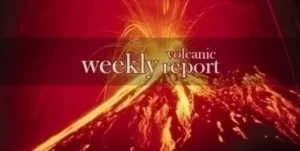
New activity/unrest was reported for 4 volcanoes from March 13 to 19, 2024. During the same period, ongoing activity was reported for 18 volcanoes.
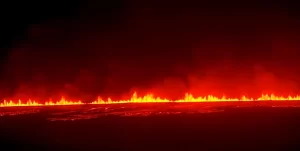
After more than a month of magma buildup, a new eruption began in Reykjanes Peninsula, between Hagafell and Stóra-Skógfell, at 20:23 UTC on March 16, 2024.

New activity/unrest was reported for 3 volcanoes from March 6 to 12, 2024. During the same period, ongoing activity was reported for 19 volcanoes.
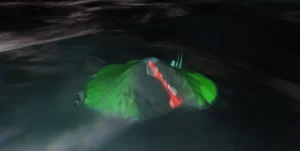
Sentinel-2 satellite image acquired on March 11, 2024, shows Tinakula Volcano in the Solomon Islands undergoing a new effusive eruption, with lava flowing about 1 km down its western slope into the ocean. This eruption continues the activity that began in December 2018.
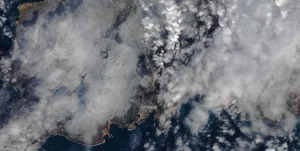
Unfavorable weather conditions have disrupted the earthquake monitoring system on Reykjanes Peninsula by dampening small events, resulting in a lower number of detected earthquakes since Saturday, March 2, 2024. Nevertheless, the volume of magma beneath Svartsengi continues to increase, which could result in a new dike intrusion and possibly an eruption with very short notice.